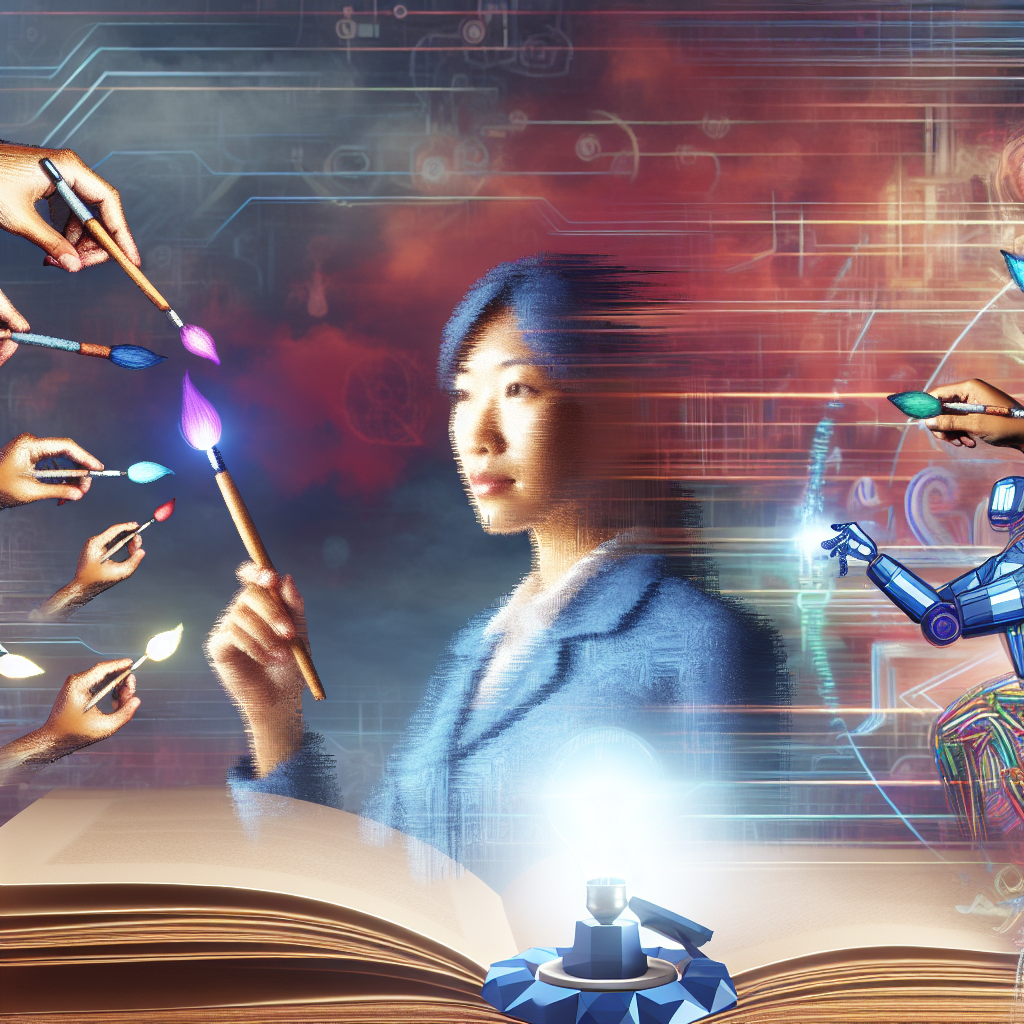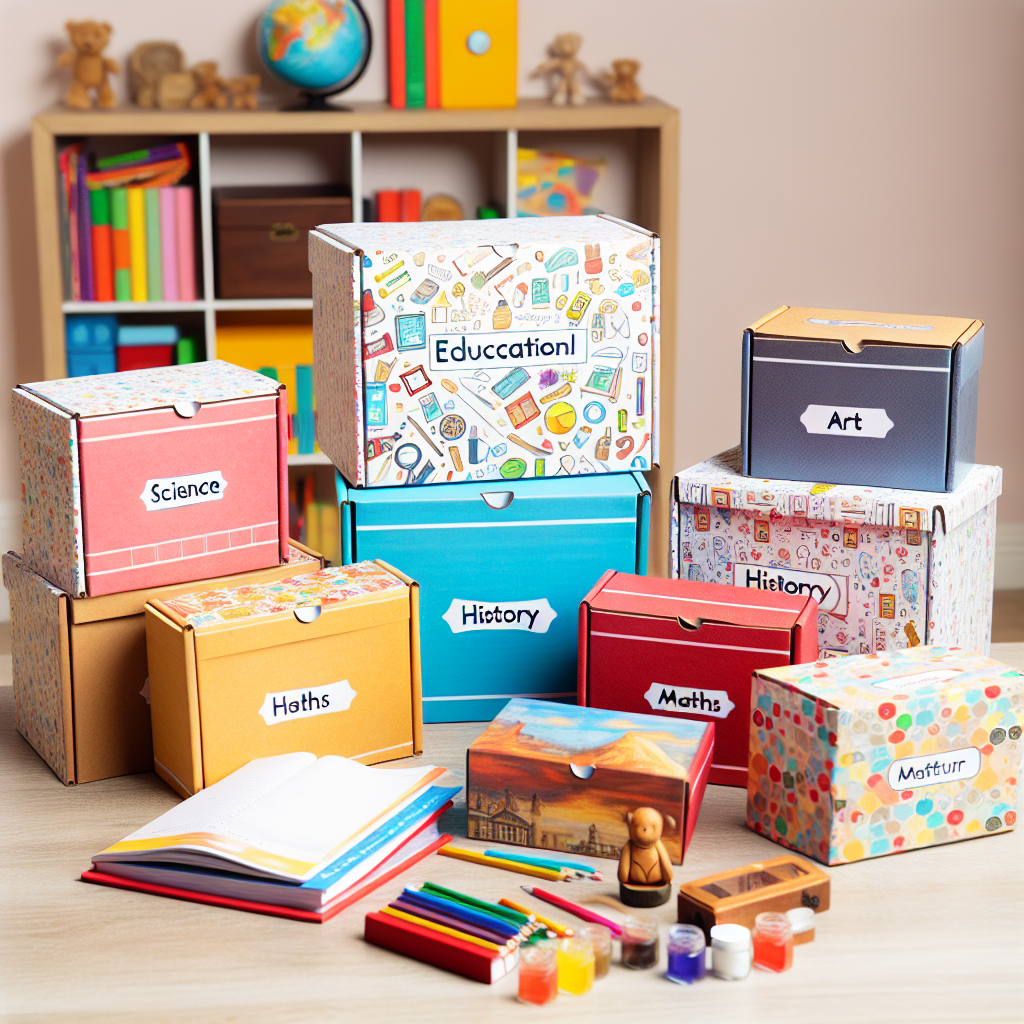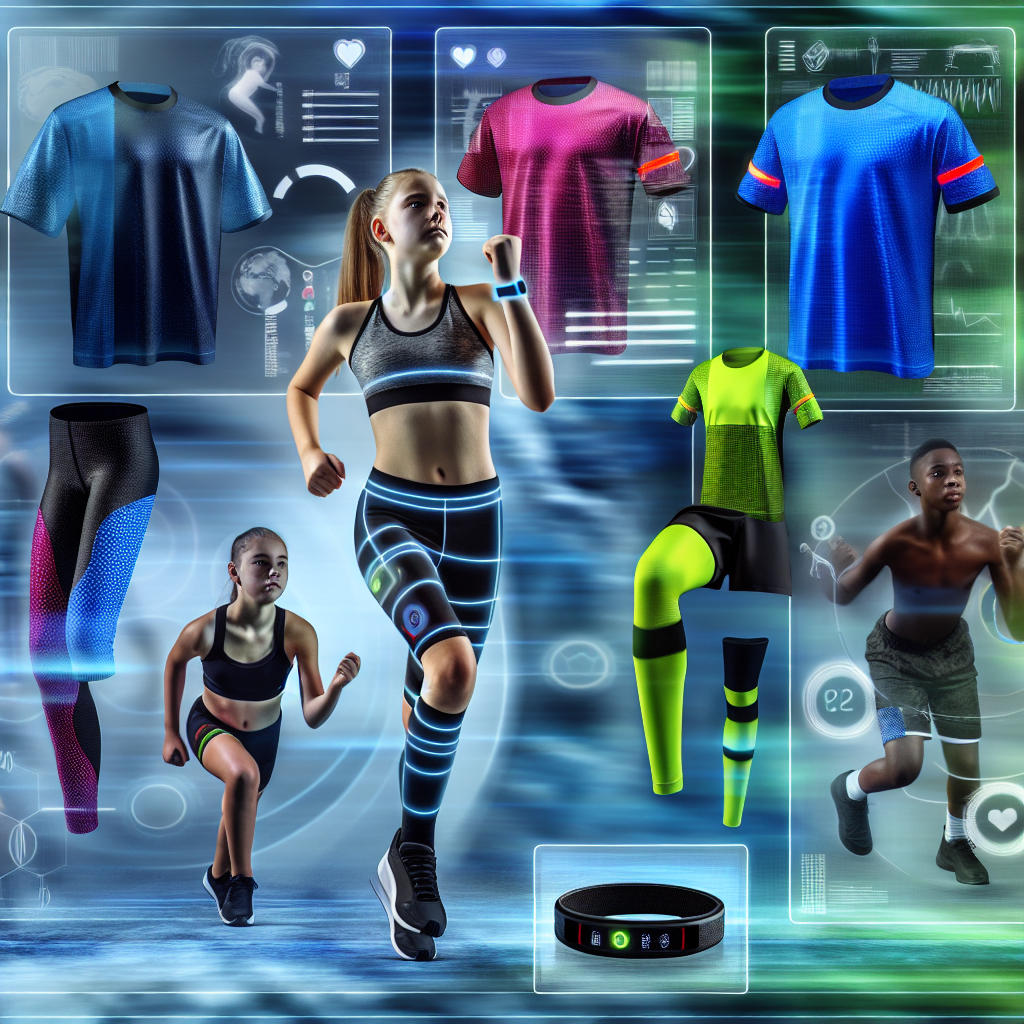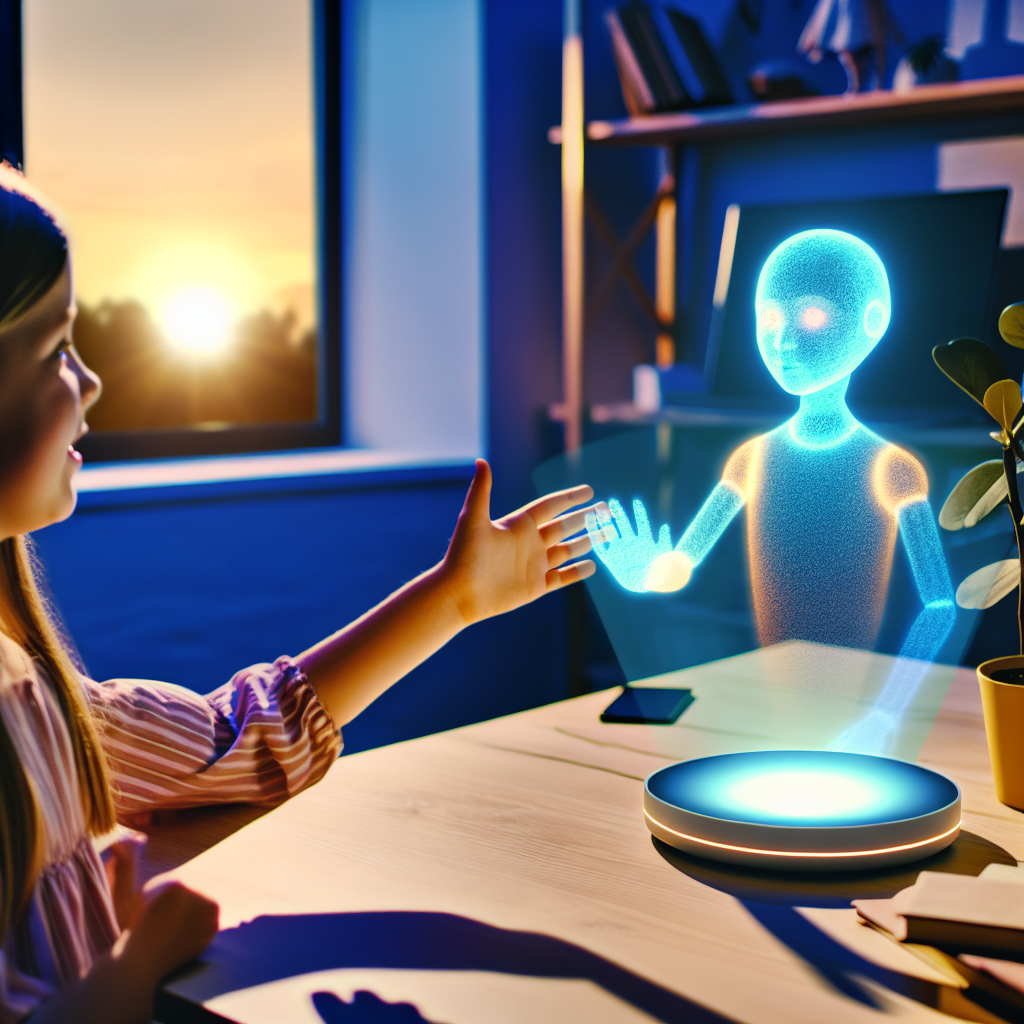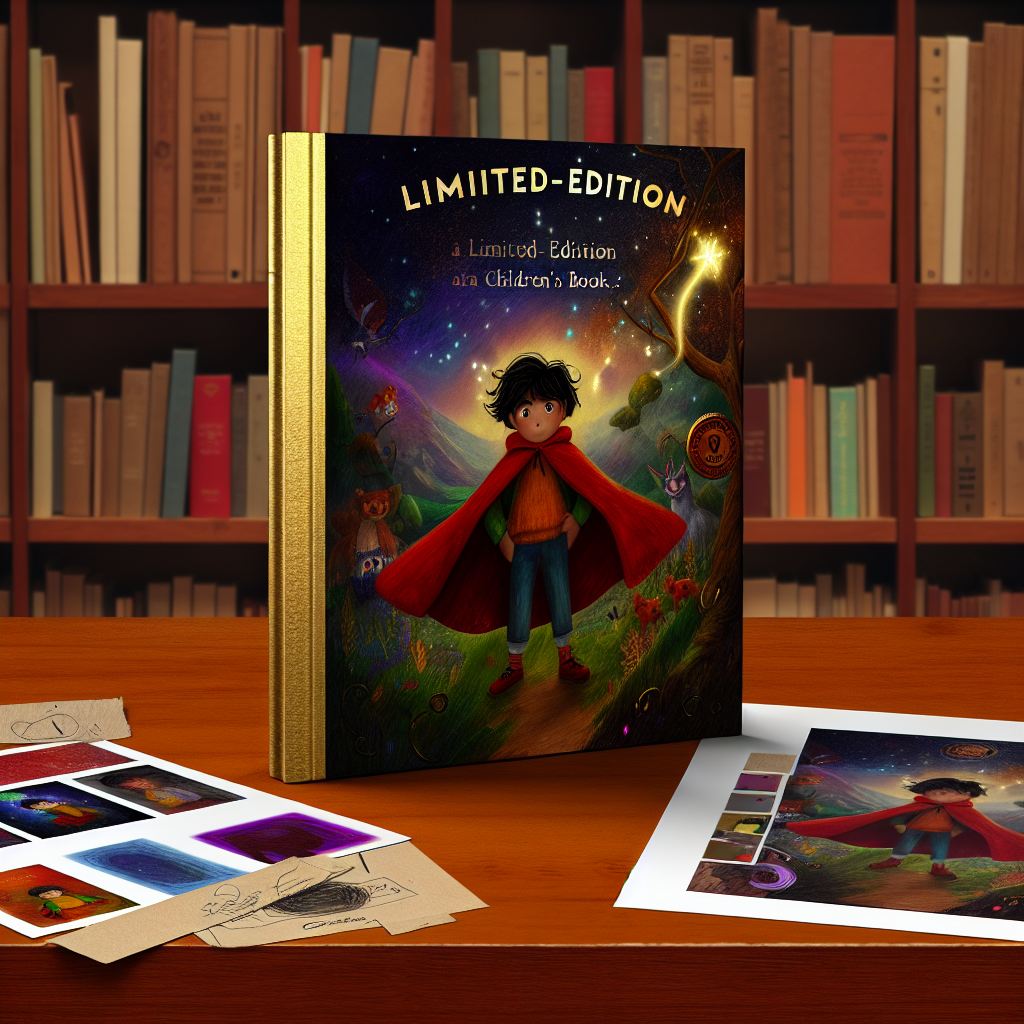Machine-Learning Creative Tools: How AI Art Studios Are Developing the Next Generation of Talent
In the ever-evolving landscape of digital creativity, a new frontier is emerging that redefines the boundaries of childhood artistic potential: machine-learning-driven creative tools. These AI-powered platforms and studios are revolutionizing how children access, understand, and harness their imaginative impulses.
For parents of means interested in providing their children with a distinctive educational advantage, AI art studios represent a confluence between cutting-edge technology and cognitive development—opening pathways for young creators to explore their latent talents in highly innovative ways.
Tools once reserved for animation studios and elite design firms are now being adapted for the youth market, enabling children as young as eight to use platforms that leverage AI to enhance their artistic intuition. Far from replacing creativity, these systems work symbiotically with young learners—refining their artistic instincts, offering real-time feedback, and turning fledgling doodles into gallery-worthy digital masterpieces.
Parents are now able to give their children access to tools such as DALL·E, Runway, and Artbreeder—applications that deconstruct traditional notions of painting and drawing and reconfigure them with machine vision, neural networks, and style transfer algorithms.
Alongside tutoring in classical arts or music theory, families today are investing in immersive AI art studio experiences. These include generative design programs for creating unique visuals, sustainable fashion lines, or even animated cinematic shorts. These experiences are increasingly being offered at exclusive summer camps, digital ateliers, and specialist schools operating at the intersection of STEM and the Arts—STEAM (Science, Technology, Engineering, Arts, and Mathematics).
But there’s more at play here than just futuristic crayons and robotic paintbrushes. At the heart of these developments lies a pedagogical evolution. As children learn to understand the underlying logic of AI and machine-learning models, they build new literacy in computational thinking, visual storytelling, and creative problem-solving.
Parents are recognizing that these emerging tools are more than extracurricular supplements—they are the foundational instruments of tomorrow’s industries. In a world where digital fluency will determine future leadership, introducing young minds to AI-facilitated creativity is an investment in their imaginative equity, critical reasoning, and artistic legacy.
The Cognitive and Emotional Benefits of AI-Enhanced Creativity
The use of artificial intelligence in children’s creative development has begun to attract serious academic interest. Research is increasingly validating the cognitive and emotional benefits of AI-human interactions in educational contexts.
A significant study by MIT’s Media Lab, titled “Children’s Perception of AI and Learning through Co-Creation” (2022), highlights that students aged 7 to 13 who engaged with creative AI platforms experienced:
- Greater self-confidence
- Increased motivation
- Enhanced spatial reasoning
These benefits were even more pronounced compared to peers using only traditional visual art tools. The study emphasized the importance of interactivity—children saw their creative input honored and enhanced by AI. This strengthened their sense of ownership, imagination, and individual artistic identity.
AI as Mentor: Fostering Design Thinking and Creative Confidence
At Stanford University’s Center for Computational Creativity, researchers are delving into how AI can act not as a replacement for human imagination but as a creative partner. Children using AI-based tools learn principles of abstraction, pattern recognition, and narrative sequencing—approaches central to the concept of design thinking.
This co-creative process teaches them to embrace iteration, feedback, and complexity. The result? Young learners develop a design-driven mindset similar to that seen in architects, technologists, and digital artists.
The collaborative nature between algorithm and artist nurtures creative confidence, encouraging children to take risks, explore new ideas, and refine their work over time—vital habits in any creative profession.
The Brain Connection: How AI Stimulates Both Logic and Imagination
Viewed through the lens of developmental psychology, AI creative tools activate both hemispheres of the brain. According to Dr. Pamela Hook of Harvard University, combining logic with artistic stimulation aligns with how children naturally learn: through exploration, mimicry, and feedback.
“AI in creative learning activates meta-cognitive development,” says Dr. Hook. “Children begin to think about how they think, which is the cornerstone of genius.”
This kind of cognitive engagement fosters:
- Critical thinking
- Self-reflection
- Visual pattern recognition
- Emotional intelligence
Thus, AI tools function not only as amplifiers of creativity but also as tools for accelerated learning and emotional development.
Next-Gen Tools: Tech Companies Designing Youth-Friendly AI Studios
With increased focus on AI and creativity for children, leading tech firms are now developing intuitive tools specifically designed for young users. Here are some standout platforms:
- Nvidia Canvas—Transforms basic sketches into photorealistic landscapes using machine learning, helping children visualize complex ideas in seconds.
- Adobe Firefly—A generative AI tool with a user-friendly interface perfect for creating animations, images, and visual effects.
These tools remove traditional friction points in digital art creation. With simpler interfaces and smart integrations, they empower young users to create without extensive technical knowledge—offering real-time learning moments through engaging, visual experiences.
Additionally, high-end educational institutions and creative camps are adopting these platforms, turning AI art studios into an elite form of creative literacy training designed for the next wave of digital innovators.
Transforming Classrooms: Schools That Adopt AI Report Higher Engagement
Forward-thinking institutions are integrating AI into their curriculum to boost student engagement and creative learning outcomes. A 2023 study by International School Services (ISS) found that schools incorporating AI art studios experienced a 28% increase in creative engagement among students aged 9–14, compared to those using only traditional art materials.
This leap in engagement reflects not just a love of technology but a desire for interactive, meaningful creation. AI encourages deeper emotional and intellectual investment, pushing students beyond passive content consumption into active, self-directed storytelling and design.
Schools adopting these tools now offer full workshops on digital ethics, authorship, and AI aesthetics—preparing students to be ethical developers, artists, and thinkers in a tech-saturated world.
Conclusion: Investing in the Artists and Innovators of Tomorrow
As technology continues to weave itself into the fabric of artistic expression, AI-powered creative tools are shaping how children perceive and participate in digital culture. For affluent families looking beyond conventional extracurriculars, investing in AI art studios is an inspired decision—one that fosters multidimensional growth.
These environments aren’t simply about making better artists. They’re about nurturing critical thinkers, empathic storytellers, and future-ready technologists—young individuals fully prepared to design, question, and redefine the world they will inherit. In the vast canvas of the digital future, today’s AI-assisted creators are the architects of tomorrow’s culture.
References
- MIT Media Lab – Children’s Perception of AI and Learning through Co-Creation (2022)
- Stanford University – Center for Computational Creativity
- Harvard University – Child Development Psychology Research by Dr. Pamela Hook
- International School Services (ISS) – 2023 Report on AI in K–12 Education
- Nvidia Canvas AI Studio
- Adobe Firefly – Generative AI Tools

Dominic E. is a passionate filmmaker navigating the exciting intersection of art and science. By day, he delves into the complexities of the human body as a full-time medical writer, meticulously translating intricate medical concepts into accessible and engaging narratives. By night, he explores the boundless realm of cinematic storytelling, crafting narratives that evoke emotion and challenge perspectives. Film Student and Full-time Medical Writer for ContentVendor.com
